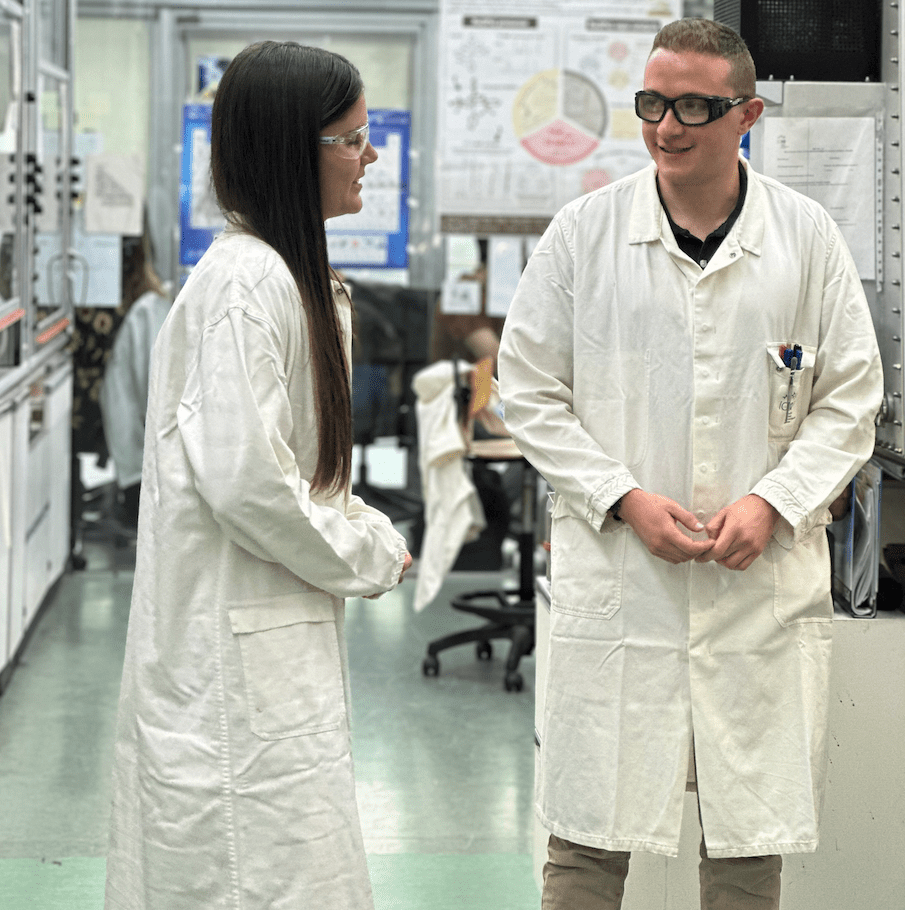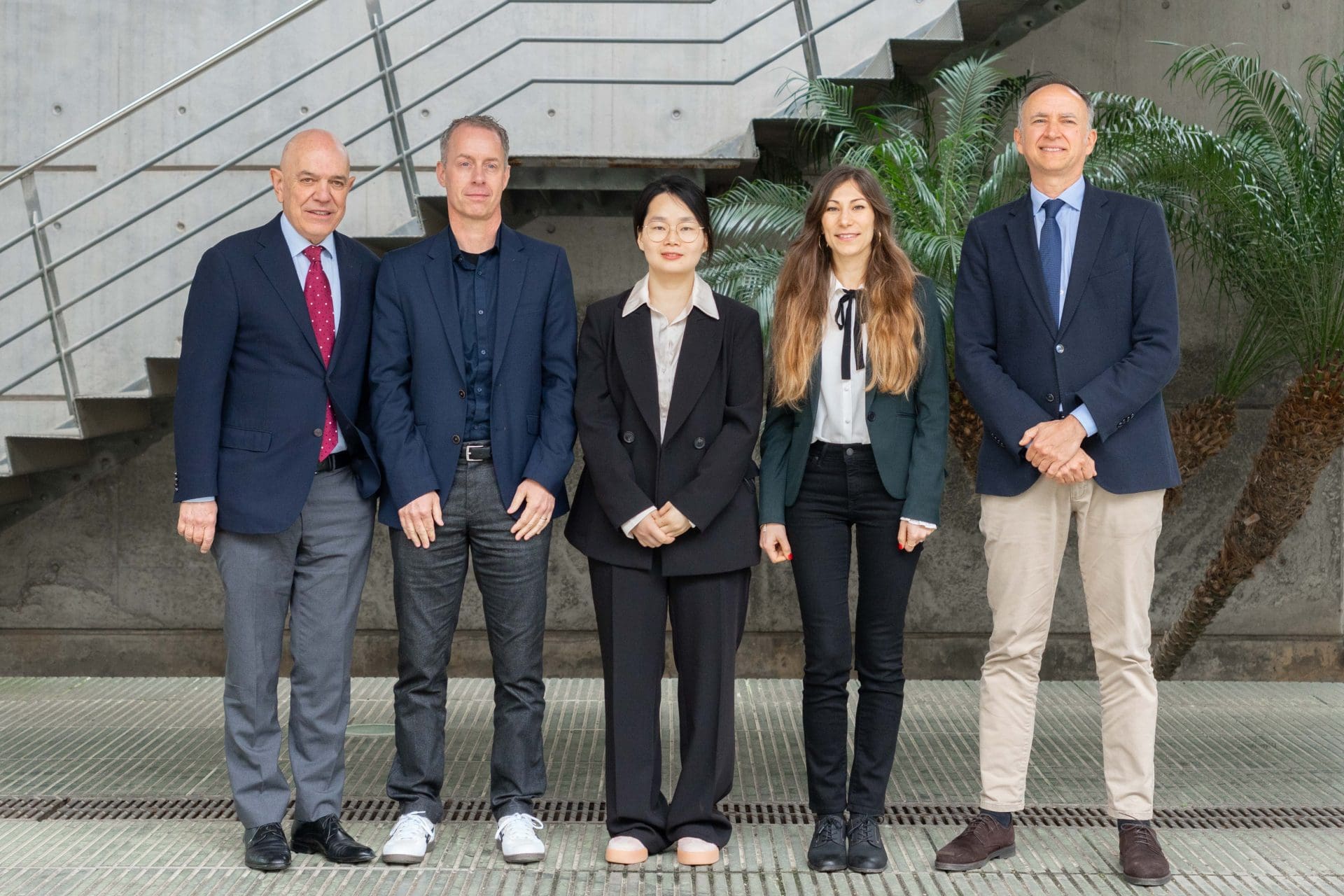Congratulations Dr. Smirnova!
22nd January 2016 – Ekaterina Smirnova, PhD student under the supervision of Prof. Antonio M. Echavarren, has defended her PhD Thesis entitled ‘Polynuclear Gold(I) Catalysis: When One Gold(I) is not Enough’ (assigned to the Organic and Analytical Chemistry Department of the Universitat Rovira i Virgili) publicly on January 22nd at the ICIQ auditorium.
The members of her evaluation committee were: Prof. Pedro J. Pérez (Unviersidad de Huelva), Dr. Alexandr Shafir (ICIQ) and Prof. Joost N. Reek (University of Amsterdam).

Dr. Smirnova with her supervisor, Prof. Antonio M. Echavarren, and the evaluation committee
Abstract:
Research in our group focuses on the invention of new synthetic methods using electrophilic gold catalysts. In an attempt to enhance the electrophilicity of the cationic phosphine gold(I) complexes we decided to use ortho-boronatephosphines as ambiphilic ligands. After abstraction of the halogen from the neutral gold(I) complex we obtained the first hexaauriocluster Au6(I) with geminally diaurated aromatic ring ligands, which shows catalytic activity in the cyclization of enynes. Two additional hexanuclear gold clusters bearing cyclohexyl and 2-furyl substituents on the phosphorus atom have been synthesized, aiming for a better understanding of the influence of the phosphine’s electronic properties in the reactivity of the gold(I) clusters. Our next approach to enhance the electrophilicity of the gold(I) center was the application of the 2,6-bis(diphenylphosphino)pyridine as a strategy to obtain polynuclear gold(I) complexes featuring aurophilic interactions. As a result, linear tetranuclear gold(I) complex was found not only to catalyze different skeletal transformations of enynes but also to activate acetone and 1,3-diketones to form tetranuclear enolate gold(I) complexes with a rectangular geometry of the gold(I) centers in the presence of a mild base. Moreover, in the absence of acetone or 1,3-diketones we observed nitrile hydrolysis that lead to the formation of new pentanuclear heterometallic complexes in good yields. These complexes showed moderate to excellent catalytic activity in the carbonylation of primary amines to ureas (intermediates in the synthesis of pesticides, fertilizers, dyes and pharmaceutical compounds) under mild conditions. When the synthesis of linear tetranuclear gold(I) complex was performed in the absence of acetonitrile, an unprecedented planar ring-shaped Au8 complex was obtained. This represents an important breakthrough in gold chemistry, opening the possibility of understanding catalysis on gold surfaces at the molecular level. In the future, the catalytic properties of the unique and multi-shaped polynuclear gold(I) complexes presented herein will be further investigated.
Related news

Let's create a brighter future
Join our team to work with renowned researchers, tackle groundbreaking
projects and contribute to meaningful scientific advancements






 14-03-2025
14-03-2025 















